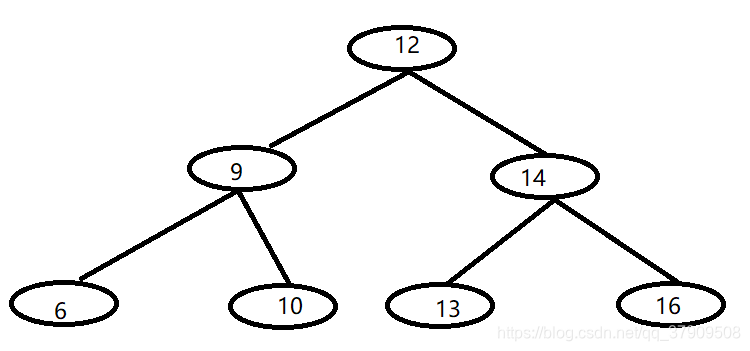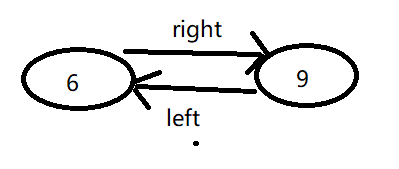本文共 2002 字,大约阅读时间需要 6 分钟。
题目描述
输入一棵二叉搜索树,将该二叉搜索树转换成一个排序的双向链表。要求不能创建任何新的结点,只能调整树中结点指针的指向。
牛客推荐:
/**public class TreeNode { int val = 0; TreeNode left = null; TreeNode right = null; public TreeNode(int val) { this.val = val; }}*/public class Solution { public TreeNode Convert(TreeNode pRootOfTree) { if(pRootOfTree==null) return null; if(pRootOfTree.left==null&&pRootOfTree.right==null) return pRootOfTree; // 1.将左子树构造成双链表,并返回链表头节点 TreeNode left = Convert(pRootOfTree.left); TreeNode p = left; // 2.定位至左子树双链表最后一个节点 while(p!=null&&p.right!=null){ p = p.right; } // 3.如果左子树链表不为空的话,将当前root追加到左子树链表 if(left!=null){ p.right = pRootOfTree; pRootOfTree.left = p; } // 4.将右子树构造成双链表,并返回链表头节点 TreeNode right = Convert(pRootOfTree.right); // 5.如果右子树链表不为空的话,将该链表追加到root节点之后 if(right!=null){ right.left = pRootOfTree; pRootOfTree.right = right; } return left!=null?left:pRootOfTree; }}
解题思路:
假设有如下搜索二叉树:

第一次判断一直到 TreeNode left = Convert(pRootOfTree.left);,然后一直遍历到结点6之后判断它的左右孩子都为null,返回null,现在left=null;pRootOfTree=节点6;
然后一直判断都为null,所以递归pRootOfTree(节点6)的右孩子( TreeNode right = Convert(pRootOfTree.right)),右孩子为空,返回null,right=null,最后判断返回当前pRootOfTree(6);然后继续递归,回到pRootOfTree(节点9),返回left=6,p=left=6然后一直判断到 if(left!=null),进入将节点9接到结点6的右孩子上面,结点6放到节点9的最还在上面;
相当于:

又递归TreeNode right = Convert(pRootOfTree.right),pRootOfTree(9),有右孩子,右孩子10没有左右还在,所以直接返回当前结点10,将节点10的左孩子指向pRootOfTree(结点9),结点9的右孩子指向10,结构如图所示:

又递归完毕,往上走,TreeNode left = Convert(pRootOfTree.left);到了pRootOfTree(节点12),left(节点9),p=left(节点9),
while(p!=null&&p.right!=null){
p = p.right; }满足条件:这时候p的右孩子是10,所以当前p(结点10);
if(left!=null){
p.right = pRootOfTree; pRootOfTree.left = p; }满足条件:pRootOfTree(结点12)加入到排序链表中将当前结点如下图所示:

后面就不在分析了,一直递归判断就可以了;
总结:从最左子树开始判断,因为他是链表的头,然后如果有右孩子就放他后面,没有的递归回去,父节点放到它后面,然后判断父节点有没有右孩子,有的话放到后面接起来,然后继续递归,巧妙之处在于right作为链表的下一个指向结点,left作为父节点.
转载地址:http://oubhz.baihongyu.com/